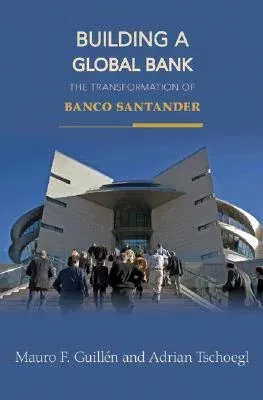In 2004, Spain's Banco Santander purchased Britain's Abbey National Bank
in a deal valued at fifteen billion dollars--an acquisition that made
Santander one of the ten largest financial institutions in the world.
Here, Mauro Guillén and Adrian Tschoegl tackle the question of how this
once-sleepy, family-run provincial bank in a developing economy
transformed itself into a financial-services group with more than
sixty-six million customers on three continents.
Founded 150 years ago in the Spanish port city of the same name,
Santander is the only large bank in the world where three successive
generations of one family have led top management and the board of
directors. But Santander is fully modern. Drawing on rich data and
in-depth interviews with family members and managers, Guillén and
Tschoegl reveal how strategic decisions by the family and complex
political, social, technological, and economic forces drove Santander's
unprecedented rise to global prominence. The authors place the bank in
this competitive milieu, comparing it with its rivals in Europe and
America, and showing how Santander, faced with growing competition in
Spain and Europe, sought growth opportunities in Latin America and
elsewhere. They also address the complexities of managerial succession
and family leadership, and weigh the implications of Santander's stellar
rise for the consolidation of European banking.
Building a Global Bank tells the fascinating story behind this
powerful corporation's remarkable transformation--and of the family
behind it.

